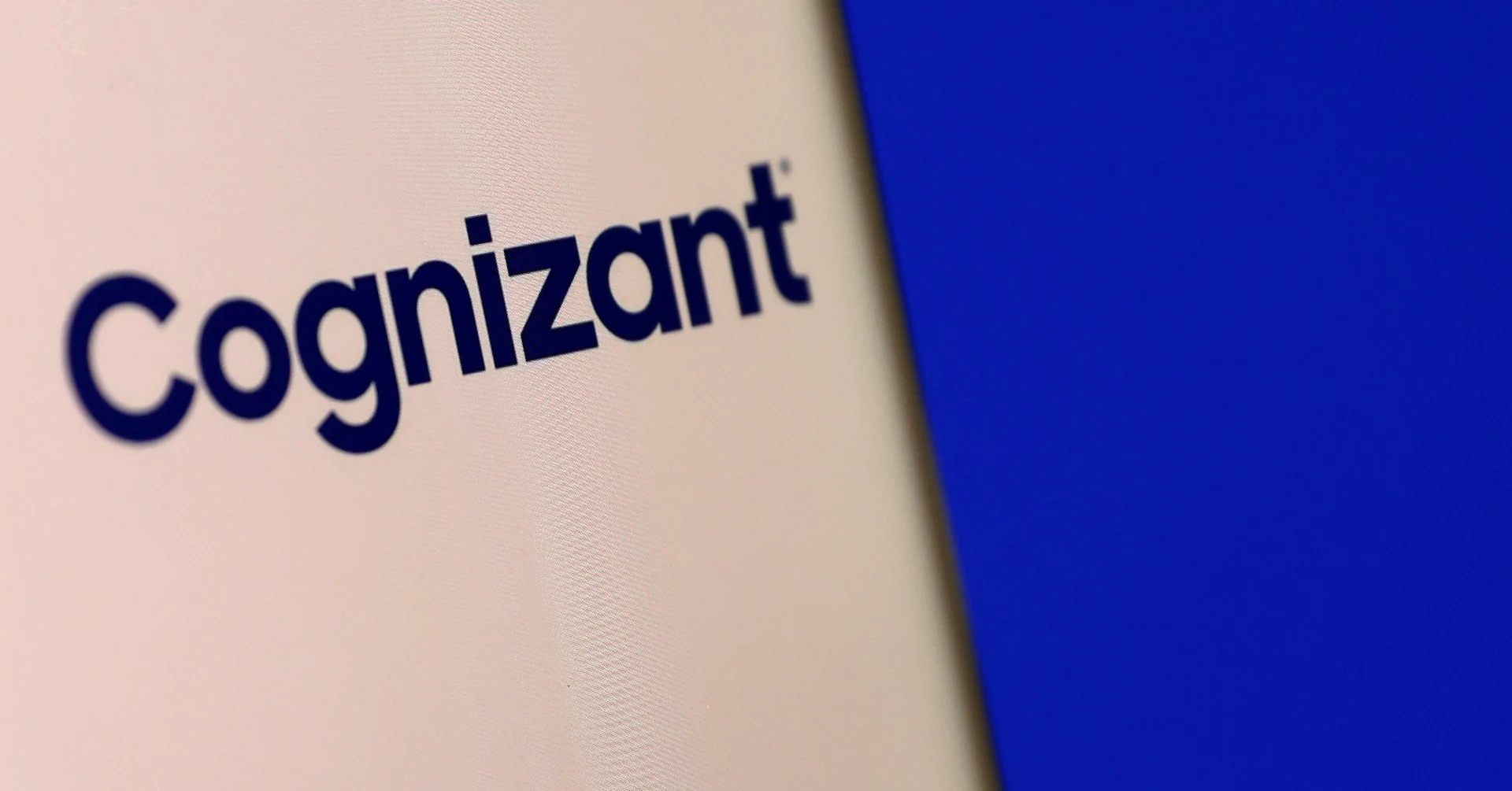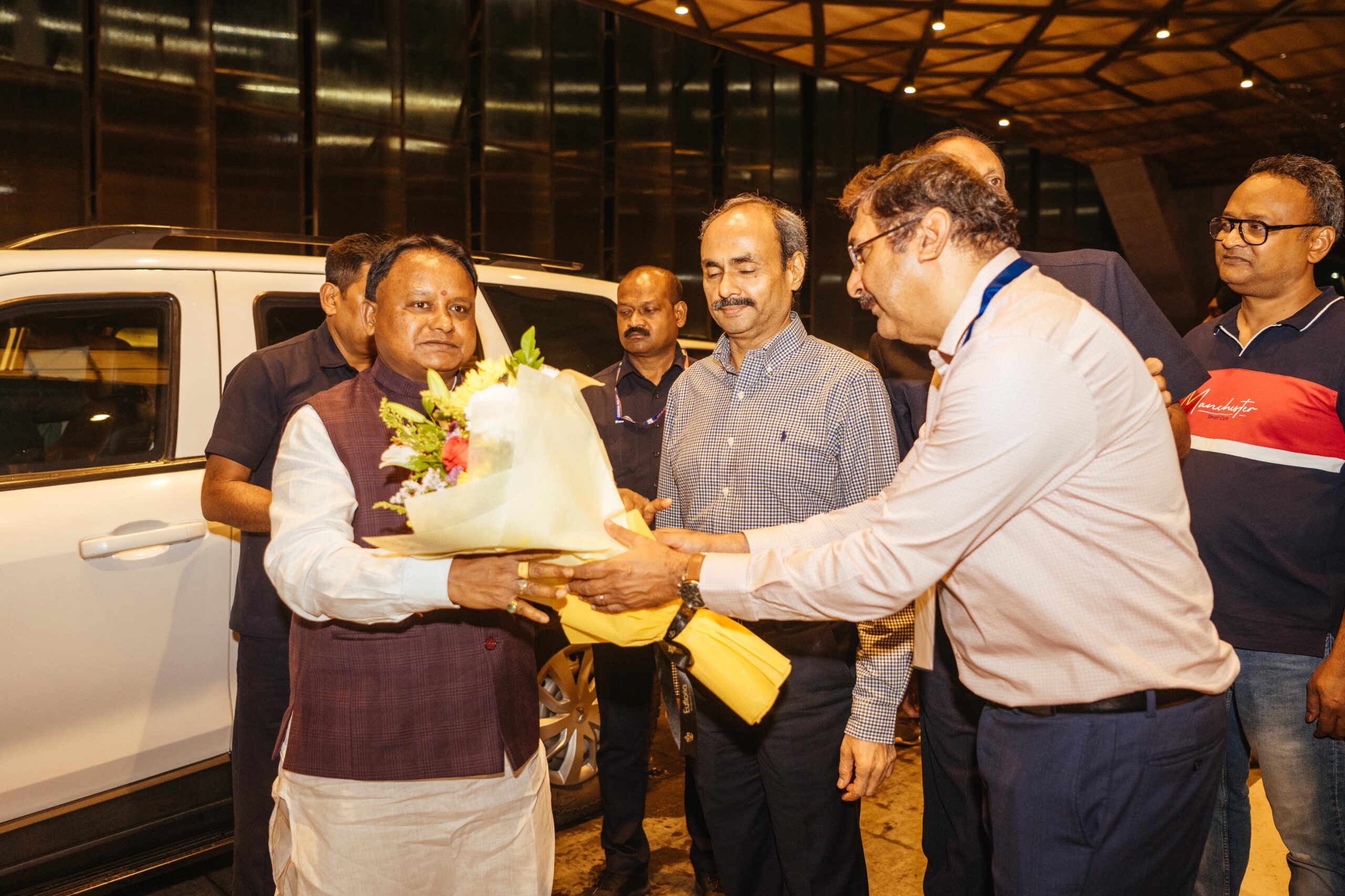Copyright newsweek

Estonia has embraced a digital-forward approach to all aspects of life, showing what can be achieved by embracing modern methods. “If you look back to our history in the ’90s when we regained our independence, we basically started from scratch and we digitalized our country, so everything in Estonia is online, almost everything,” Estonian President Alar Karis told Newsweek in an interview conducted last month at the country’s Permanent Mission to the United Nations. “We are used to these new technologies and maybe learned how to take advantage.” Europe has, at times, kept ahead of America on some more tech-forward ideas. Some European countries embraced “chip and pin” card access and payment in stores in the mid-2000s, around a full decade before the U.S., which began experimenting with the technology around 2012 and by 2016 saw only around 50 percent of merchants accepting the same system. Estonia, however, has gone even further. Citizens can cast votes for elections using their phones, an idea that might seem anathema to Americans, especially among concerns of alleged voter fraud in recent elections as highlighted by President Donald Trump and his Republican allies. Estonia’s President Alar Karis (right) welcomes German President Frank-Walter Steinmeier to attend the 20th Arraiolos Group Meeting in Tallinn on October 10. (Photo by Raigo Pajula/AFP via Getty Images) Karis, who worked as a molecular geneticist before entering government, outlined the several benefits of putting digital approaches at the center of policy, chiefly the way in which digitizing some operations help save money, and the ability to enhance transparency, given that proper security is implemented. “Yes, digitalization makes everything transparent,” Karis said. “Less corruption, and, of course, we also save money.” “Somebody has calculated that it saves us 2 percent of our GDP per year and then two or three weeks of work,” he said in discussing the advantages of letting citizens vote with their phones. “So, we are used to it because we started already 30 or something years ago from scratch: We digitalized our country and almost 100 percent of our services, government services are online.” With over half of Estonia using the i-Vote system, cybersecurity remains the chief concern, followed by politicization of the process based on concerns about security. A woman sits on February 28, 2011, in Tallinn in front of a computer to vote in the Estonian general election. (Photo credit: Raigo Pajula/AFP via Getty Images) However, Estonia addresses those issues with regular security audits and vulnerability assessments to identify and address potential weaknesses in the system. Karis addressed those concerns, saying, “We are prepared, because cyberattacks happen 24/7, but we are prepared, and we are trying all the time.” “I’ve seen…where these cyberattacks come from. It’s not coming only from Russia, it’s coming from everywhere because cyberattacks, they don’t recognize borders,” Karis said, later adding, “We’re also invested in security, that’s the thing.” And turning over to digital-first does not seem as big a challenge as some think, according to Karis, who pointed to China as an example of a country who made a similar change in its relationship with technology over the past 30 years, but unlike Estonia did not start “from scratch.” “China had a completely different attitude,” Karis said. “What they did? They copied everything. Now they educate their people, they sent them to the best universities in the world. Now they are back and also some of the best engineers from different countries also [live] in China. They started to innovate, to make new things we are now almost trying to copy.” “What I’m trying to say is that you have to keep your eyes open what’s happening in different countries and not to stigmatize,” Karis stressed, adding that “if you have a leader who understands how to make a progress, then things…can happen very fast.” Lithuania’s President Gitanas Nauseda (second from left), Estonia’s President Alar Karis (center) and Latvia’s President Edgars Rinkēvičs pose at the Tallinn Song Festival Grounds during the 28th Laulupidu Song and Dance Festival in Tallinn on July 4. (Photo by Raigo Pajula/AFP via Getty Images) Estonia is also exploring artificial intelligence (AI) in a substantial way. “I started the so-called AI leap in Estonia, which means…all the schools and teachers get ChatGPT, which is modified to schools, to basically teach teachers first and then students, because, I mean, AI is around us,” Karis said. “You can’t ignore it, and what we want to do to make smart use of this technology.” “In Estonia, we make it voluntary,” Karis explained. “We make sure that teachers and students know how to use it, and then it’s up to a couple of schools, up to the teacher how to do it and ...



